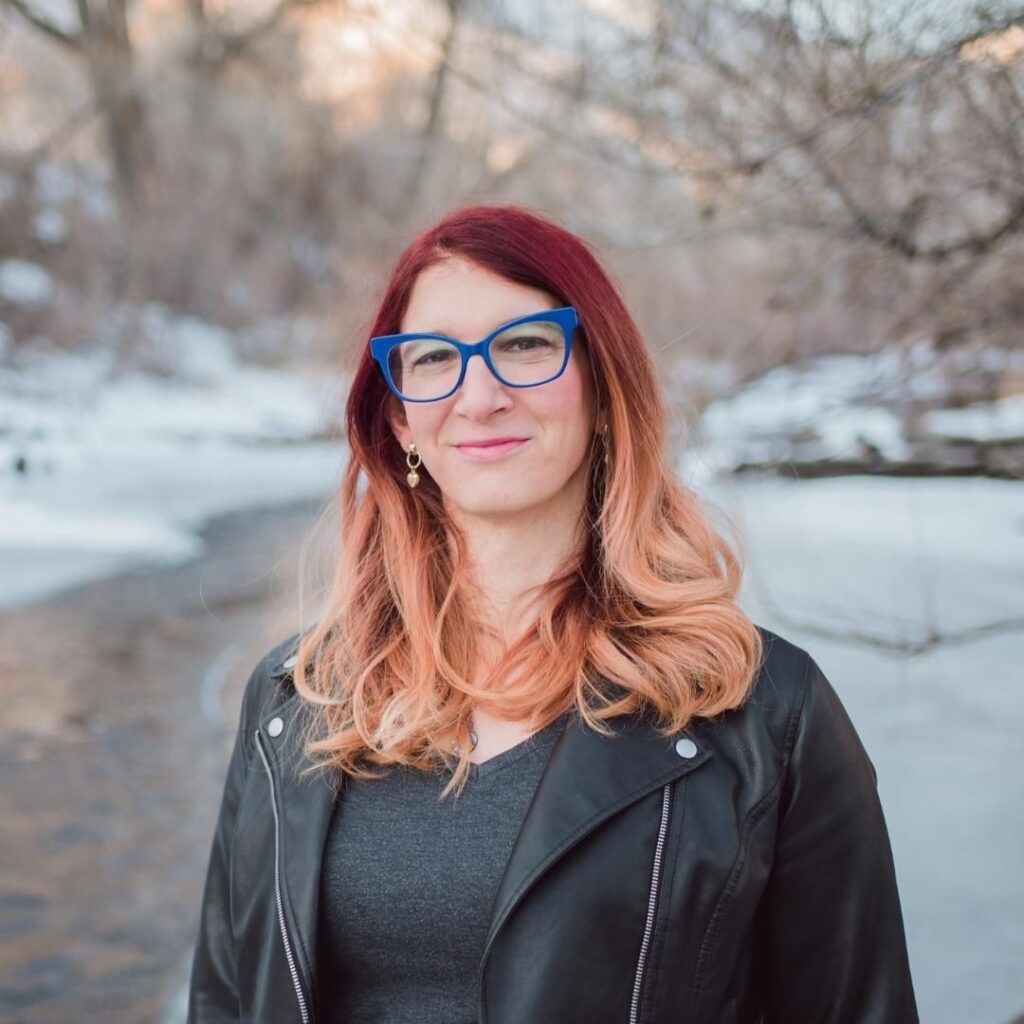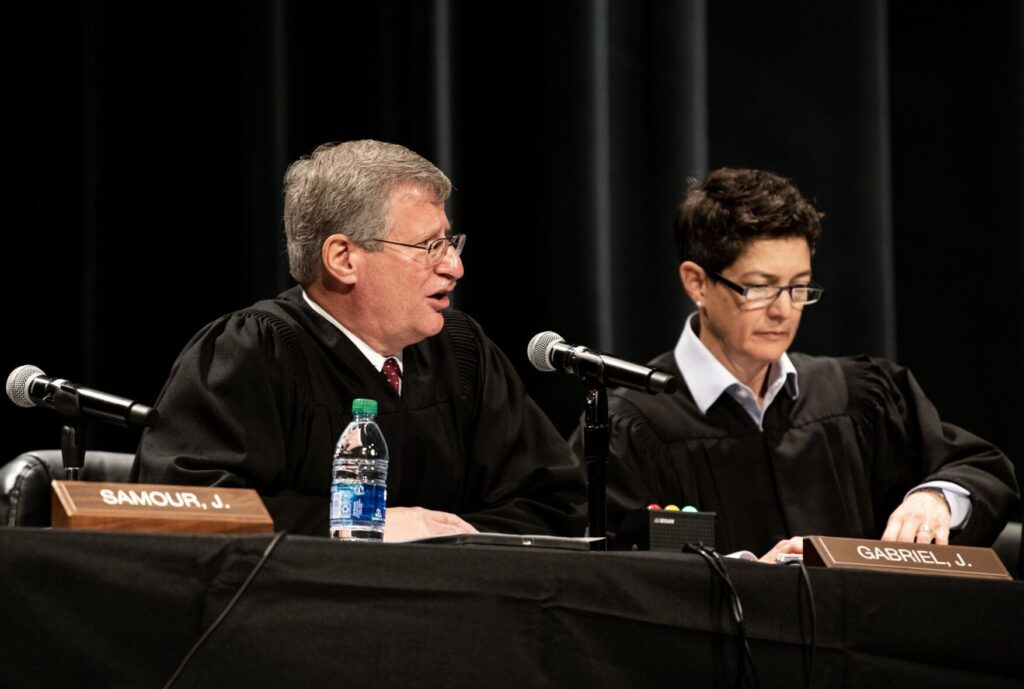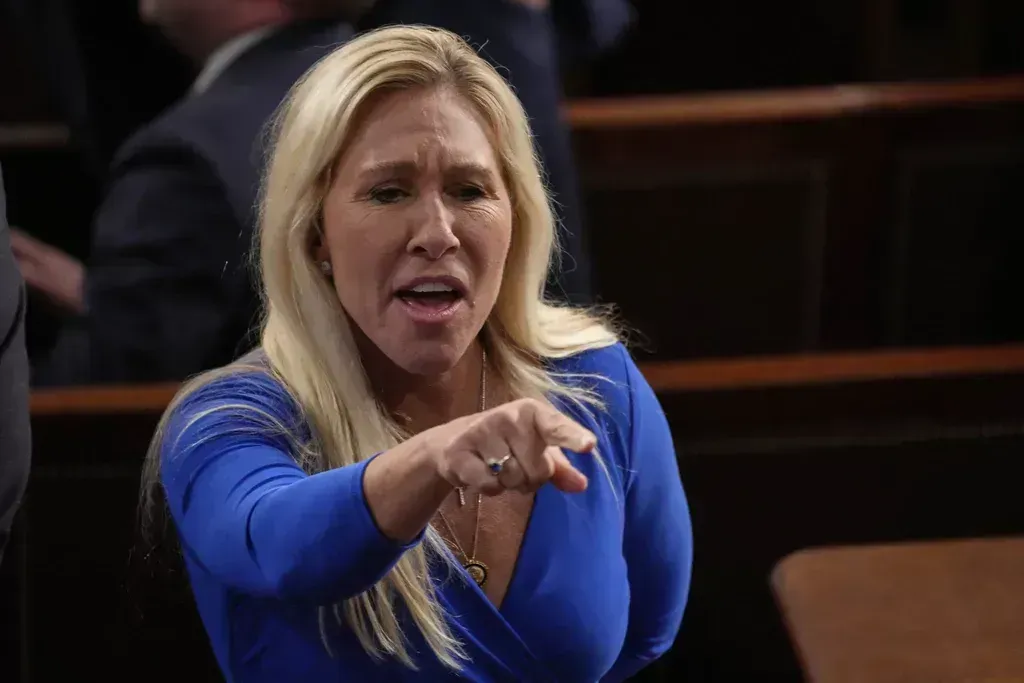Denver study illustrates scope of city’s opioid epidemic

What does the opioid crisis look like in Denver – from the point of view of the people trapped in it?
A new Denver study paints a picture of opioid abuse in the city through interviews with dozens of users.
The Denver Needs Assessment on Opioid Use, conducted by the Denver Department of Public Health, interviewed 30 Denverites who are opioid users.
With opioid abuse driving the plight, drug overdose has become the leading cause of accidental death in the United States. Since 2000, Colorado has reported 10,552 opioid-related deaths. But as the study points out, Denver County serves as the epicenter, of sorts, of the state’s crisis.
In 2015, Denver County rates of opioid- and heroin-related deaths were statistically higher when compared to the rest of the state, according to the study. Denver experienced 8 opioid-related deaths per 100,000 residents and 4.2 heroin-related deaths per 100,000 residents.
Furthermore, in 2016, the Denver Office of the Medical Examiner reported 103 overdose fatalities involving opioids. The office reported 110 opioid-related deaths in 2017.
One question the study sought to answer was whether experiencing an overdose served as a motivator to seek treatment. The assessment, however, noted more than two-thirds of those interviewed reported having experienced an overdose – and of those, nearly all reported facing an overdose multiple times.
“While the majority reported having personally experienced overdose, the experience did not appear to directly influence participants’ decisions about seeking drug treatment,” the study reads.
Users have increasingly survived overdoses thanks to the overdose-reversal drug Naloxone, also known as Narcan, “the most successful strategy to date for reducing overdose,” the study reads.
As of September 2017, the Harm Reduction Action Center, the state’s largest syringe exchange program, has trained 1,800 clients on Naloxone use, and, in turn, reversed 730 overdoses since the program started in 2012.
The study also found most of the 30 who participated in the study are part of Denver’s burgeoning homeless population, which serves as an added barriers to getting treatment. Other treatment obstacles included lack of identification, cost of transportation, distance between critical service providers, and unreliable information about service providers, according to the study.
The assessment makes recommendations to improve access to treatment, including making transportation more affordable to low-income Denverites, expediting the process of obtaining an ID, improving access to on-demand treatment, and expanding long-term inpatient and residential services.












